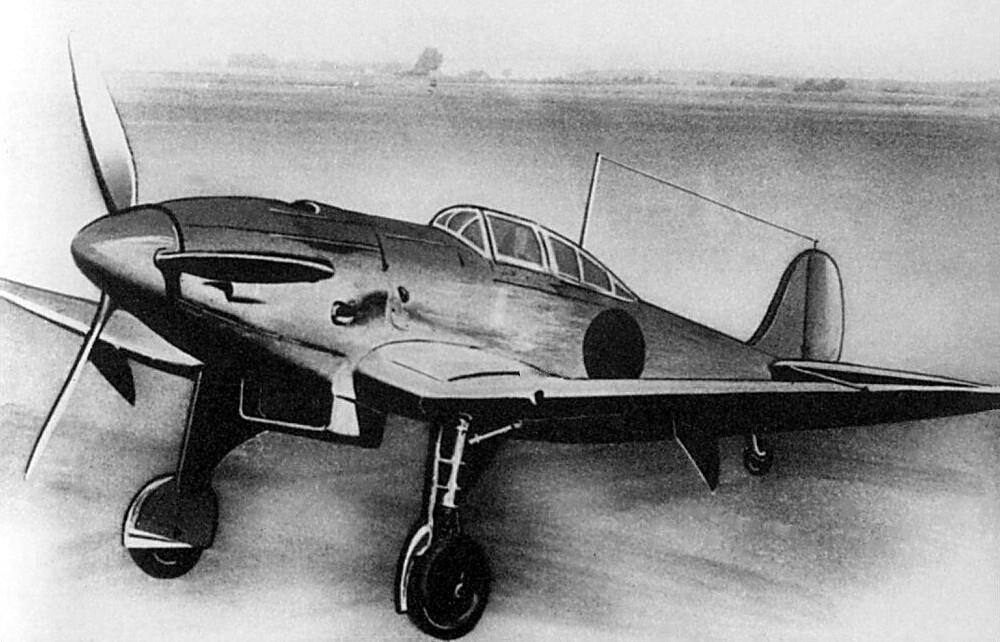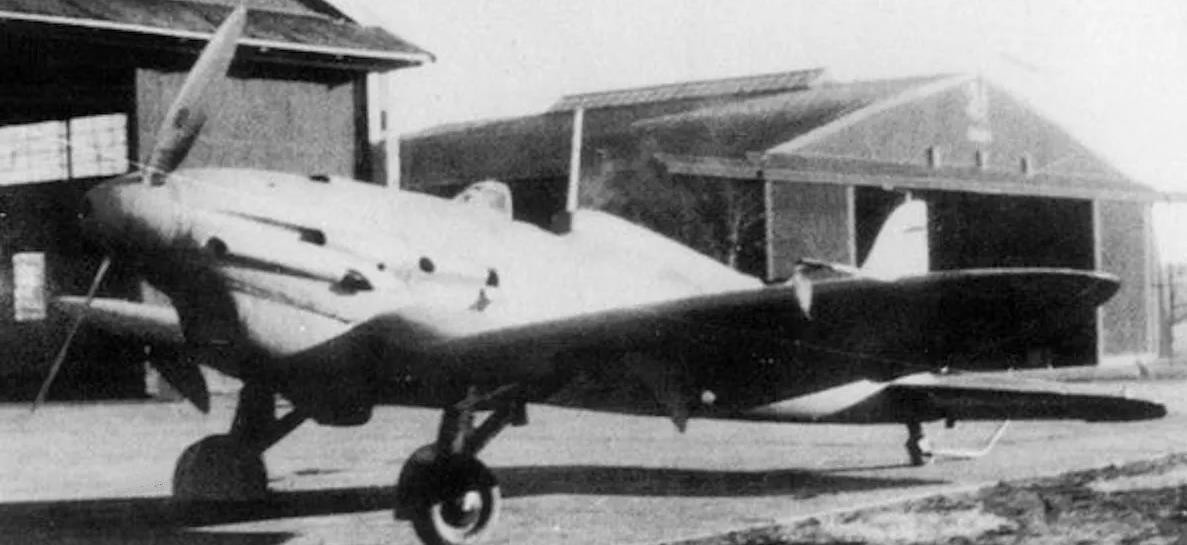In 1937 a war between Japan and China broke out. While Japan had a better-equipped and more organized army, it faced stiff resistance. The Chinese were supported by the Soviet Union which supplied them with weapons and equipment, including aircraft. These caused huge concern within the Imperial Japanese Navy. Their newest fighters were either present only in small numbers or were still under development. As a temporary solution, IJN officials decided to approach Germany for assistance in the hope of acquiring new fighters.
For this reason, a military delegation was dispatched to Germany in the Autumn of 1937. Despite its later known fame, the German Air Force at that time was still in its early stage of rebuilding and realistically did not have much to offer, being in need of modern fighters themselves. This would come in the form of the Messerschmitt Me 109. Its competing Heinkel He 112 lost the competition but was allowed to be sold abroad if anyone was interested. It was probably for this reason that the Japanese delegation visited the Heinkel factory at Marienehe. There they had the choice to observe the He 112 V9 aircraft. They were generally satisfied with what they saw and placed an initial order for 30 He 112Bs. If these proved to be as good as they hoped they would be, another, larger order for 100 more aircraft was to be given. As a confirmation of this agreement, the Japanese delegation returned with one He 112 aircraft that was to be used for familiarization and evaluation.
As this aircraft was expected to enter service, it was designated as A7He1 by the IJN. The capital ‘A’ stands as a designation for a fighter. The number ‘7’ represents that this aircraft was to supersede the type 6 designation fighter. He stands for the Heinkel, and lastly the ‘1’ stands for the first variant of this type. The Allied intelligence services discovered its existence within the IJP and awarded it the code name Jerry.
Four aircraft arrived in 1937, and the last one arrived at the end of 1938. As the first aircraft began to arrive, the IJN began testing the A7He1’s performance in contrast to other fighters that they had in inventory, namely the Mitsubishi A5M2. While the A7He1 proved to be some 65 km/h faster, in other regards such as climbing speed and general maneuverability it proved equal or even worse than the Japanese fighter. The Japanese were not satisfied with the A7He1 engine which was deemed too complex. These factors ultimately led the commission which examined it to propose that it should not be adopted, nor that any further orders should be given. After the arrival of the last A7He1, the order for an additional 100 aircraft was canceled.
As the A7He1 was not adopted for service, the IJN had to decide what to do with the 30 aircraft. They still represent a financial investment that could not be simply discarded. Some of these were allocated to various research institutes for future studies and evaluation, the remainder were given to training schools. None were ever used operationally in combat either in China or in the Pacific.
Quite surprisingly given their age and the rather limited numbers that were acquired, a few He1 survived the war and were captured by the Allies. One example was found in Atsugi airfield near Honshu in early October 1945. Unfortunately, the fate of these captured aircraft is not known but they were likely scrapped at some point after the war.





